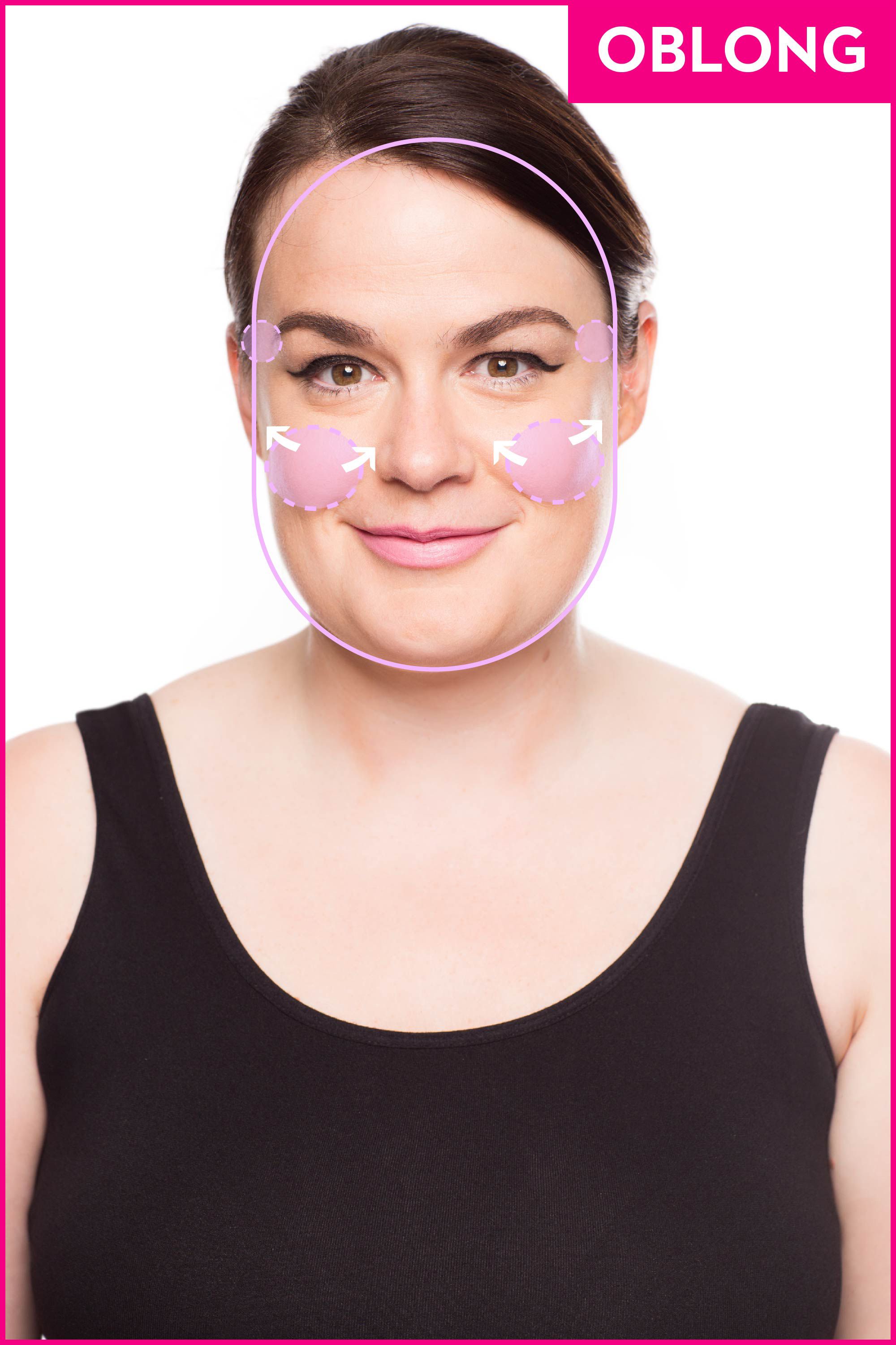

A 2014 study found that nearly 95.6 percent of people who received filler injections said they were “happy” or “delighted” with the results.Ĭompounds commonly used as fillers include:
#Droppy cheeks skin#
Lifting the cheeks also naturally lifts the skin around the jawline and corners of the mouth.įillers can also be injected directly into the jowl area to produce a fuller appearance. Popular treatment options for jowls include: Fillersįillers are compounds that are injected into the cheeks to fill in the places where fat has been lost from the skin. Medical treatment options for jowls are considered elective procedures or therapies, meaning most insurance companies do not cover them.Ī dermatologist or plastic surgeon will usually perform jowl surgeries and procedures in a clinic or hospital setting. But for some people, having severe or very noticeable jowls makes them feel uncomfortable, or causes them anxiety and lowers their self-confidence. Jowls are usually harmless and do not require medical attention. Saying the sounds “o” followed by “e,” using more force than usual and exaggerating mouth movements.Humming with the tongue pressed against the roof of the mouth.Lying down flat, curling the neck in towards the chest with the tongue pressing on the roof of the mouth.Putting the lower lip on the top lip and tilting the head up.Grinning as widely as comfortable then slowly tilting the head up and down.Chewing with the head tilted slightly up.Blowing the cheeks up as far as comfortable.This exercise works best when done lying down, and by using the fingers to draw the sides of the mouth downwards. Yawning and opening the mouth as far as possible, then closing it very slowly without letting the teeth touch.Each exercise can be repeated 8 to 12 times, several times daily.Ĭommon facial exercises that may help improve jowls include: People should hold each exercise for 5 to 20 seconds before releasing.

Most recommended exercises should be done one after another to ensure the facial muscles are worked evenly. This may help reduce the age of onset, severity, and appearance of jowls.Īny exercise that engages or stretches the facial muscles evenly without overusing them may help reduce jowls. However, all of the available studies exploring the effect of facial exercises on facial rejuvenation reported positive outcomes.Įxercise also significantly improves several factors that contribute to the overall health of the skin. Some research shows that facial exercises, and exercise in general, can help reduce the appearance and severity of jowls by making the facial, jaw, and neck muscles better able to hold their shape.Ī 2014 review concluded that while the statistical evidence is still weak. Share on Pinterest A history of sunburn may be a risk factor for jowls.


 0 kommentar(er)
0 kommentar(er)
